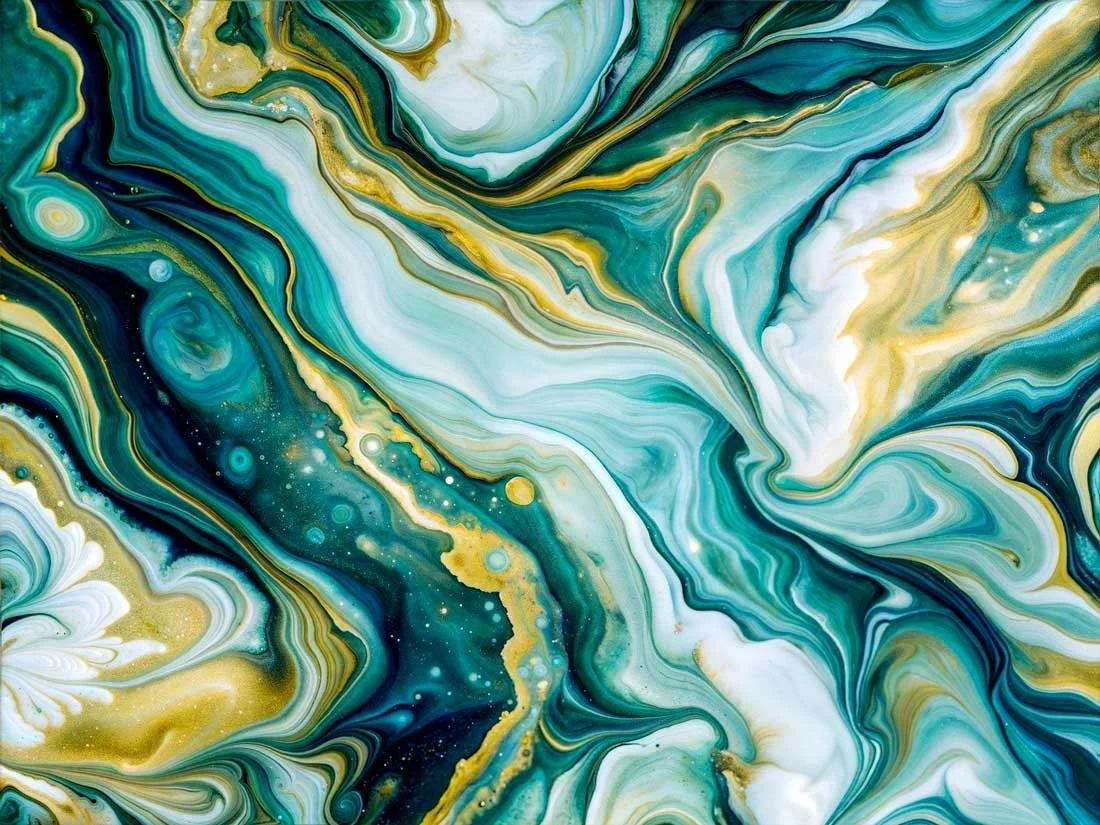How To Paint With Alcohol Ink (For Adults)
Materials Needed:
Alcohol Inks are are vibrant, dye-based inks specially formulated to work on non-porous surfaces.
Yupo Paper due to its smooth, non-absorbent nature. Other options include ceramic tiles, glass, or metal.
Isopropyl Alcohol (Optional); maybe used for diluting or manipulating the ink.
Synthetic Paint brushes
A Mixing Tray or any Non-Porous Surface for blending colors.
Gloves and Apron to protect your hands and clothes from ink stains.
Some Tips Before You Get Started:
Start with lighter colors and build up to darker ones to avoid overpowering the palette.
Use blending solution sparingly to control the spread of colors.
Experiment with different techniques and combinations to discover your unique style.
Let’s begin:
Prepare Your Workspace:
Work in a well-ventilated area as alcohol inks can have strong fumes. If you are sensitive to fumes, wear a mask.
Cover your workspace with newspaper or a protective mat as ink will spill and can leave stains.
Apply Alcohol Inks:
Shake your alcohol inks well before use.
Apply drops of ink directly onto your surface. Have fun with this process. Go ahead and experiment with different colors and patterns.
For perfectionists out there, you can also use a brush to apply the ink or create controlled lines and shapes.
Let Play with the Inks:
Use isopropyl alcohol (90% or higher) to manipulate the inks. Here are a few techniques you can try to create interesting patterns:
Droplets: Apply drops of alcohol onto wet ink to create bloom effects.
Blending: Use alcohol on a brush or dropper to blend colors together seamlessly.
Lifting: Dab a cloth or cotton swab with alcohol to lift or remove ink for highlights or corrections.
More Fun Techniques:
Blowing: Use a straw to blow the ink across the surface for interesting patterns.
Tilting: Tilt your surface to let the ink flow and blend naturally.
Layering: Allow each layer to dry before adding another to avoid mixing colors too much.
Let it Dry:
Allow your artwork to dry completely. Alcohol ink dries quickly, but thicker layers or highly saturated areas may take longer. Once dry, you can protect your alcohol ink painting with a fixative or varnish suitable for non-porous surfaces.

